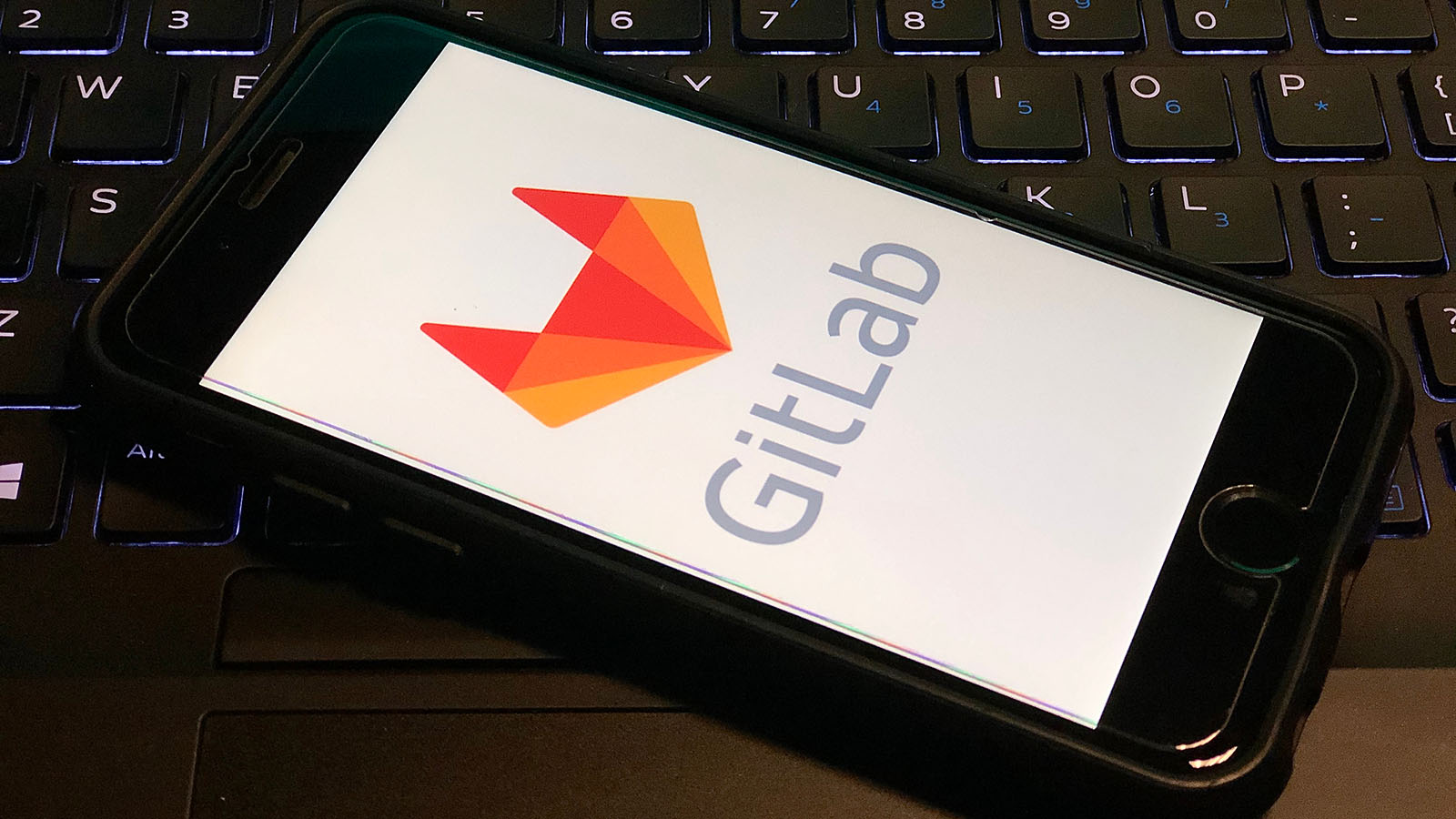On Oct. 13, GitLab (NASDAQ:GTLB) had a successful IPO, with the stock priced at $77 per share. Now almost a month later, GTLB stock is now at $121.27. So, virtually everyone who bought in around the time of the IPO has made money.

The problem is there is no more money left on the table for future investors. What I mean is that at its present $18.267 billion market capitalization, it’s very difficult to not say that GTLB stock is very overvalued. Also, I calculated this market cap by taking the final total number of shares outstanding from page 10 of the prospectus.
Why GitLab Is Overvalued
Last year (ending January 2021), the company made just $152.2 million in revenue. Even for the six months ending July 31, it had just 63.9 million in revenue. Moreover, analysts are predicting just $231 million in sales this year, and $314 million next year.
This puts its ongoing price-sales (P/S) metrics at astronomical levels. Just look at how high the market valuation is now compared to its sales levels. If we divide its market cap of $18.267 billion by $231 million in forecast sales for this year, it trades at 79 times revenue.
This would be an astronomically high metric even if it were a price-earnings (P/E) valuation. In fact, even using sales forecast for next year, 35.9% higher at $314 million, the P/S multiple is still high at 58.2 times.
Moreover, these high P/S multiples might be tolerable if the company was profitable or even forecast to soon be profitable. But that is not the case here.
Gitlab lost $192 million last year (see page 79 of its prospectus), and for the first six months of this year, it lost $69.05 million.
In fact, analysts don’t even expect the company to be profitable until sometime after the year ending Jan. 2024. The forecast EPS (earnings per share) is seen as a loss of $1.07 in 2023 and a loss of 72 cents for the year ending January 2024.
What Is The Problem
Overall, GitLab is a software development firm that picks up clients using the “freemium” model. It hopes that a percentage of its free software will eventually upgrade to pay versions of its app or software development kits.
The problem, as one analyst in Seeking Alpha points out, is that the conversion percentage at GitLab is very low at 1%. It has 40 million users, but just 15,356 paying users. The company has three payment plans, according to its prospectus (page 71): $0, $19 per month per user, and $99 per month per user.
The problem is it has just 3,632 “base” customers who pay more than $5,000 in annual recurring revenue (ARR), or $416.67 per month. This is seen on page 3 of the prospectus. In addition, there are only 383 customers with an annual recurring revenue (ARR) of greater than $100,000 as of July 2021.
The median is probably closer to over $500,ooo for each of these clients, according to my calculations. For example, let’s assume that these 383 customers represent 95% of its $231 million in forecast revenue for 2021. Let’s raise that to 450 customers for simplicity’s sake by the end of the year. So if we divide $231 million by 450, the average client revenue is $513,000 annually for 2021.
In other words, the company is likely highly dependent on just a few large clients. In fact, the prospectus has a list of about 50 of these highlighted on pages 115 and 116 of the prospectus. These are its core customers who pay GitLab to provide the software development tools to run their businesses.
Collectively, the point is it is very hard to accumulate large customers. The market may be placing way too high a premium on these 50 or so customers.
What To Do With GTLB Stock
As a whole, the most rational approach here would be to wait for an opportunity to invest in GTLB stock at a bargain price. Despite its growth, the market has fully valued or discounted that growth for a good number of years to come.
This does not necessarily mean that GTLB stock is ever going to get cheaper or the stock will fall. It may just take a longer time for the company to “grow” into its present vaulted valuation. For example, once the company gets profitable, the market may have already forecast that in the stock price. At this point, therefore, I suggest that most value investors will wait for a more rational entry price.
On the date of publication, Mark R. Hake did not own any position in any security (directly or indirectly) mentioned in the article. The opinions expressed in this article are those of the writer, subject to the InvestorPlace.com Publishing Guidelines.
Mark Hake writes about personal finance on mrhake.medium.com and runs the Total Yield Value Guide which you can review here.
